As mentioned by Nick Dunn in his article published in The Conversation journalistic flair:
Post-pandemic, finding innovative ways to eke out accessible green spaces in the urban environment is more urgent than ever. Doing so provides health and environmental benefits alongside economic ones by promoting biodiversity, mitigating air pollution, and reducing the heat island effect in some (though not all) cases.
Adapting existing infrastructure is integral to rethinking the city in an era of climate emergency. The period of grand visions for public parks is over, as most cities are already whole. Spatial and economically, forming large green spaces from scratch is impossible.
Reworking old railway lines and bridges into parks contributes to a broader strategy of adaptive reuse and what designers term urban acupuncture.
During your read, you´ll get to know more about:
- How a local approach to high lines is needed and,
- Why reusing existing structures is best.
If you want to read the complete article, click here.
Be part of our community! click here to register.


